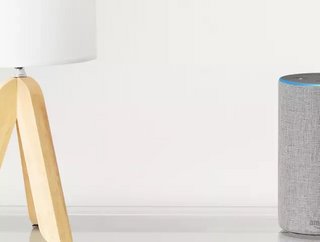Trillbit: Using sound to connect headless IoT devices

IoT startup Trillbit, based in Boston, says sound is the best way to connect headless IoT devices, such as Amazon's Alexa. It says that the market for voice-assisted IoT devices is growing rapidly, and that, next year, there will be more than 2bn IoT devices sold with voice control built-in. This trend is changing the way consumers are interacting with their devices. Headless devices are ones that do not have a screen, for example, Amazon’s Alexa.
Mrigesh Parashar, co-founder & CPO of Trillbit said: “ The ‘data over sound’ market is evolving and growing quickly. There are a handful of competitors, but interestingly most are focused on contactless payment, whereas we built the Trillbit technology from the ground up to tackle the real challenges with consumer adoption of IoT keeping ease and security aspects”.
Major user experience problems caused by the internet and initial pairing
According to the startup, configuring the internet on these devices requires an initial pairing to transfer credentials which is a cause of major user experience problems. Stuart Nixdorff, an ex-Senior VP AAC Technologies and Sales veteran in IoT emphasises the opportunity in IoT device set-up. “Smart Device setup and authentication is a well-known problem in the industry. Some companies even track the time it takes for an average user to onboard a device and the failure percentage. It is a constant challenge to improve the authentication process without compromising security,” he said.
He went on to say that some even track the number of touches it takes to onboard a device. And this is not just a UI / UX problem but can lead to costly product returns and customer service calls that have billions of dollars of negative impact in the industry. Data security is another major concern of network-based control.
However, Trillbit says it has found a way to solve the problems, which it described as “pain points” via their “data over sound” protocol. This uses modulation of inaudible sound waves to communicate via speakers and microphones on IoT devices, allowing them to communicate via encrypted messages without a network connection. “This solution is low cost, low power and provides flexible security via an offline communication channel. Trillbit is working with OEMs to provide their customers a better experience out-of-the-box with easy set-up, while also providing superior security,” the company wrote.






